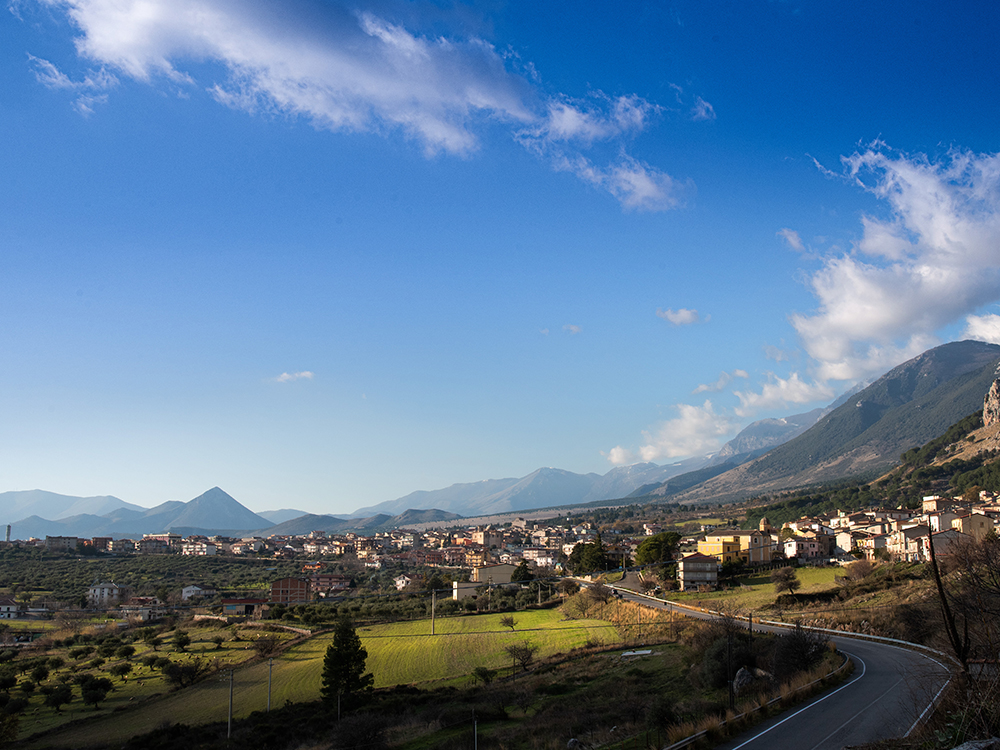Olive cultivation and oil production are two key activities of the Italian agri-food sector. Calabria is one of the most important regions for the production of extra virgin olive oil. The presence of important autochthonous species and the remarkable varietal diversification provide a wide variety of extra virgin oils, with a vast range of products.
Calabria undoubtedly possesses one of the richest indigenous olive varieties: there are about 500 cultivars in the region. The ancient traditions of olive cultivation in this region, its wide area of diffusion and the probable intersection, in a more or less remote era, between the various genotypes have favoured the birth of numerous varieties. Among the various cultivars present and cultivated in the Pollino area, Roggianella is the most widespread cultivar, followed by Carolea, which is also the most cultivated cultivar in the entire region.
We are in Frascineto, an Arbereshë village, also known as the village of wine. At the heart of the Pollino National Park, the area is mountainous, with the highest peaks in the whole of Calabria. Although the sea can always be seen from the highest peaks of the Pollino range, from which the area and the National Park take their name. The entire area is characterised by a great biodiversity of native tree species, such as holm oaks, oaks, firs, maples, beeches and pines; The Pino Loricato is a symbol of the Pollino National Park, a centuries-old tree of which some thousand-year-old specimens have been discovered. It is a very rare species, which in Europe can only be found in this area, and in the Balkans, and is particularly resistant to rugged terrain and steep rocky slopes. The Pollino is home to a remarkable variety of plants, which, with the first flowering in spring, make the landscape an enchanting sight.






